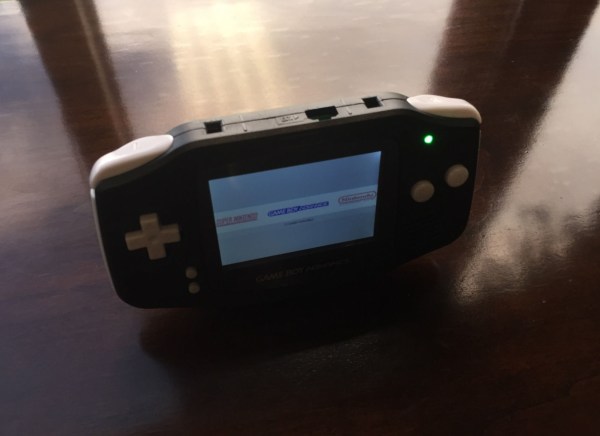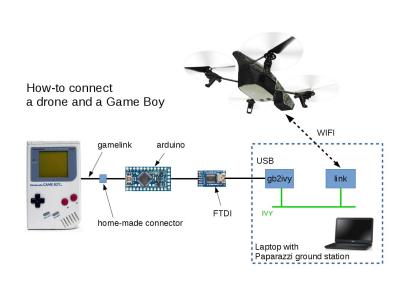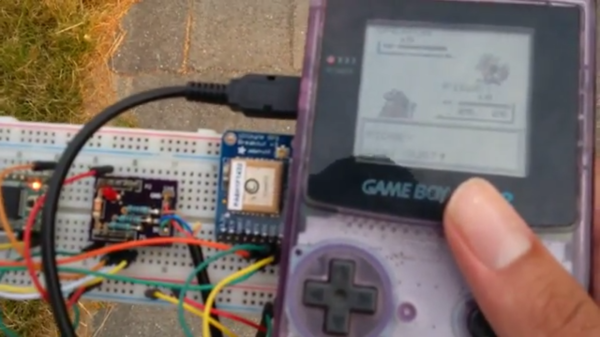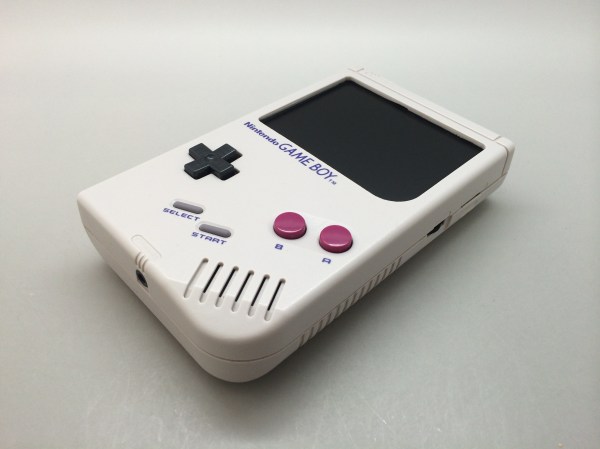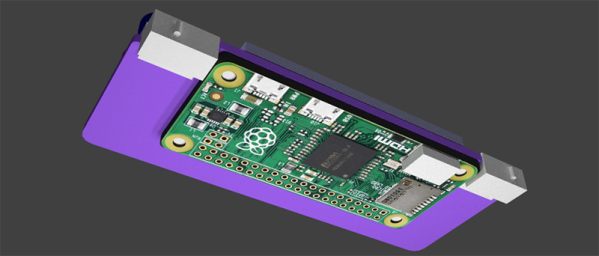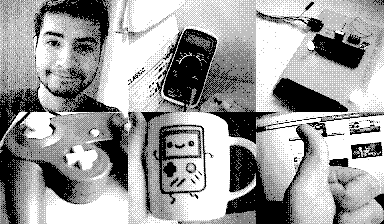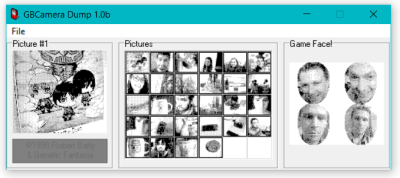We’ve featured the work of [Modpurist] before, but his latest hack is wonderful in its simplicity. He wanted to create a more authentic Game Boy feel on his iPhone, so he printed out and stuck a skin on the front that makes it look like a Game Boy. Or rather, a Phone Boy, as the form factor is a bit different.
By measuring out the on-screen buttons and using light photo paper, he was able to have buttons on the skin as well: the touch screen still works through it. You can download his printable templates… and the finishing touch is a similar print for the back of the phone to gives that genuine Game Boy feel. Okay, feel is not the right term since the classic d-pad and red buttons are still just capacitive and have no throw. But this is a clever step in a fun direction.
Check out his other hacks while you are at it, including the Game Boy Fridge.


